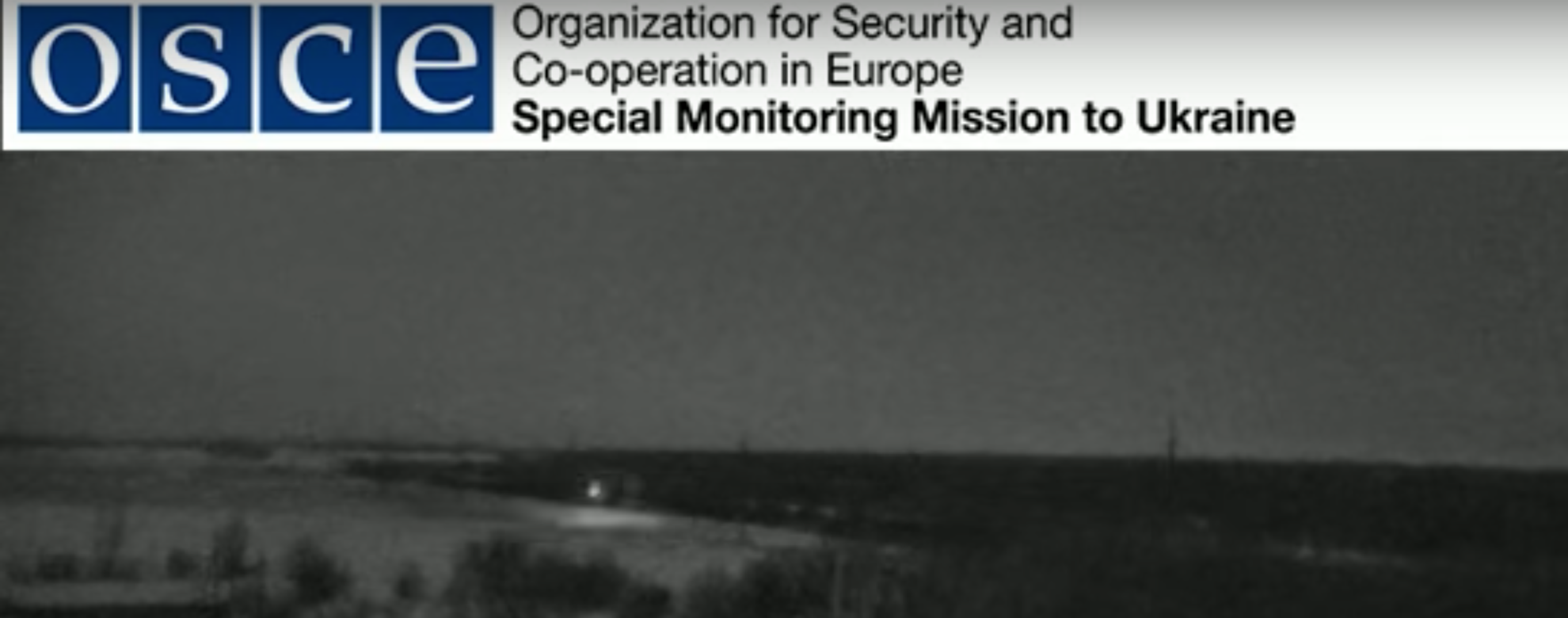#MinskMonitor: New Year, Same Danger to Donetsk Filtration Station
Water treatment plant shelled, but no major damagerecorded
#MinskMonitor: New Year, Same Danger to Donetsk Filtration Station

Water treatment plant shelled, but no major damage recorded

On February 11, the staff at the Donetsk Filtration Station (DFS) retreated to a bomb shelter after the facility was shelled. The incident was reported by the Ukrainian Ministry for Temporarily Occupied Territories and Internally Displaced Persons.
Внаслідок обстрілу Донецької фільтрувальної станції пошкоджено бетонні загорожі та будинки фільтрів – пробито бетонні перекриття. Персонал переховувався в бомбосховищі, станом на 10.00 ДФС працює в штатному режимі.
— Мінреінтеграції (@MReintegration) February 11, 2018
“As a result of shelling at the Donetsk Filtration Station, concrete fences and buildings housing the filters have been damaged — the concrete ceilings were pierced. Staff hid in a bomb shelter, as of 10:00am the DFS is back to normal operation.”
The Ministry of Emergency Services of the so-called Donetsk People’s Republic (DNR) also reported information about the shelling and said that it took place at approximately 4:00am local time in the early morning of February 11.

“At 4am on February 11, 2018, in the Yasinovatsky region, village of Krutaya Balka, Shorokaya Street, at the Donetsk Filtration station—damage to the concrete fence between the buildings housing filters and the sump, and the glazing of one window block of a filter building.”
As expected, the DNR blamed the Ukrainian Armed Forces for this incident, pointing to Ukraine’s 25th Separate Airborne Troops Brigade (VDV), based on Avdiivka, for carrying out the shelling.
History of risk
Thus far, no photographs, videos, or direct witness accounts have emerged that decisively places blame on either the Ukrainian for Russia-led separatist forces for the shelling. However, a recent surge in military activity has been observed over the past couple of weeks near the DFS, which is precariously positioned between Ukrainian-held Avdiivka (to its west) and Russian-led separatist-held Yasynuvata (to its east), with entrenched positions just a few hundred meters away.

The @DFRLab has written extensively on threats to the DFS, as it has likely been the most frequent topic in the regular #MinskMonitor reports. Despite the fact that the OSCE SMM (Special Monitoring Mission) to Ukraine has placed a spotlight on the danger of escalating violence near the water treatment plant, we have only observed an increase of violence in the area.
For example, at the end of January 2018, the OSCE SMM to Ukraine’s monitoring camera at the DFS recorded a projectile hitting the plant.
This projectile originated from a wooded area near the station.

We can geolocate this footage to the western section of the DFS, facing southwest. A tower to the right of the camera is visible (in a white box below) through its shadow in satellite imagery.

The origin of the projectiles is from a position near a treeline that was highlighted by U.S. Special Representative for Ukraine Negotiation, Kurt Volker, in December 2017. These positions, visible in the southwestern portion of the first image in Volker’s tweet, are controlled by Russian-led separatist forces. The satellite imagery, provided by Digital Globe, is from December 2017.
https://twitter.com/SpecRepUkraine/status/943162088180146178
Conclusion
Humanitarians and environmental experts have warned of the danger to the DFS and other water treatment plants for years. Despite the presence of the OSCE SMM to Ukraine at the DFS, including placing a camera at the plant and flying drones near the location frequently, Russian-led separatist forces continue their entrenchment in the area, and Ukrainian forces continue to engage near the key infrastructure.
Due to the precarious location of the DFS near key highways and strategic positions, there is no end in sight for fighting around the water treatment plant until a diplomatic solution is reached, or one side achieves decisive gains in the area. In the meantime, the water supply and heating to some 350,000 civilians nearby and up to 1.1 million across eastern Ukraine remains at risk.
Update: A December 2017 tweet showing satellite imagery of Russian/separatist positions near the DFS was added to this article.
Follow the latest Minsk II Violations via the @DFRLab’s #MinskMonitor.
For more in-depth analysis from our regional experts follow the AtlanticCouncil’s Dinu Patriciu Eurasia Center. Or subscribe to UkraineAlert.

